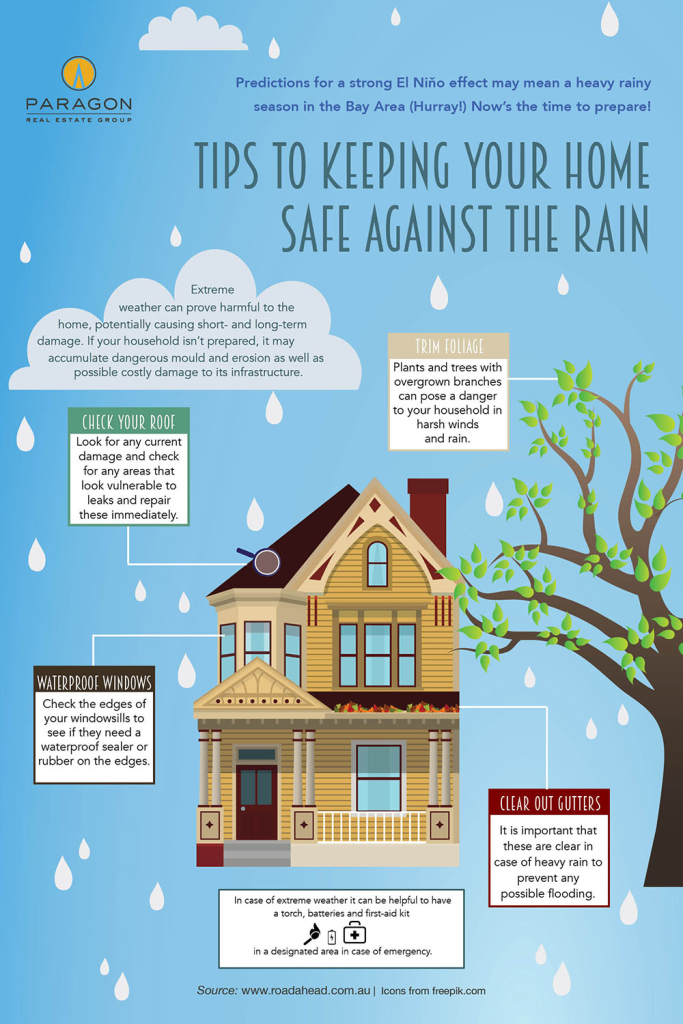Understanding Climate'S Result On Roof Installation: Secret Seasons And Conditions For A Successful Task
Understanding Climate'S Result On Roof Installation: Secret Seasons And Conditions For A Successful Task
Blog Article
Staff Author-Hartvigsen Timm
When it concerns roofing system installments, the climate can make or break the work. Envision the aggravation of dealing with products that will not cooperate as a result of extreme warm or battling unsafe surfaces caused by unexpected rain. Comprehending the influence of weather conditions on your roof task is vital for an effective result. So, let's explore how various climate elements can affect the quality and toughness of your roof covering installment, making certain a job well done.
Impact of Temperature on Roof Covering Installation
When it comes to roofing system installment, temperature level plays a vital role in the process. The optimal temperature level for roof covering tasks typically drops in between 45 and 85 levels Fahrenheit. Extreme heat can trigger products like roof shingles to end up being as well flexible, leading to prospective damages during setup. On the other hand, chilly temperature levels can make products breakable and vulnerable to cracking. It is necessary to schedule roof installations during moderate temperatures to guarantee the most effective end result.
During colder climate, service providers may require to take additional safety measures such as using heated devices or enabling materials to heat up prior to setup.
On the other hand, heat may call for work to be done earlier or later in the day to avoid the peak temperatures. By considering the temperature and its impacts on roof materials, you can help make certain a successful installment that will certainly endure the components for several years ahead.
Result of Rainfall on Roof Covering Projects
Roofing jobs can be considerably impacted by precipitation, influencing both the timeline and the top quality of the installation. Rainfall or snow can develop slippery problems, making it dangerous for contractors to work on a damp surface. In addition, moisture can endanger the adhesion of products like tiles or underlayment, resulting in potential leakages or problems in the future.
If it rainfalls throughout a roof covering job, the water can permeate into at risk locations, causing delays as the installation crew should wait for the roofing system to dry prior to proceeding. Too much dampness can additionally promote the growth of mold and mildew, additional threatening the stability of the roof.
To stay clear of these problems, it's recommended to set up roofing tasks during drier periods or keep track of the weather forecast carefully to plan around any type of possible rainstorms. By taking https://www.fwi.co.uk/livestock/housing/building-better-herd-health-designing-shed-roofs to work in positive climate condition, you can ensure a smoother and much more effective roofing system setup procedure.
Influence of Wind Speed on Installment Success
Throughout roofing installation, the rate of the wind plays an important role in identifying the success of the task. https://messiahgcwqk.ziblogs.com/31281212/a-guide-to-estimating-the-cost-of-roofing-installation can position considerable obstacles to roofing contractors, potentially resulting in safety hazards and high quality concerns. When https://commercialroofing62849.bligblogging.com/31753322/limelight-on-a-neighborhood-specialist-exclusive-interview-with-a-professional-roofer exceed advised restrictions, it becomes tough to take care of materials, boosting the danger of crashes and damage to the roof materials. Strong gusts can also affect the precision of dimensions and the accuracy needed for appropriate installation.
To guarantee a successful roofing system setup, it's vital to keep track of and consider wind speeds. Preferably, roofing system setup ought to happen on days with reduced to modest wind rates. This not just boosts the safety of the employees but additionally improves the general quality of the setup.
Roof projects scheduled during tranquil climate condition are more likely to be finished efficiently and with less errors. By taking notice of wind speed forecasts and preparing accordingly, you can aid make sure a smooth and effective roof covering installment procedure.
Conclusion
So, when it pertains to roofing installation, keep in mind to consider the weather to make sure a successful job. Ideal temperature levels, dry conditions, and modest wind rates are crucial elements to focus on for a smooth installment procedure. By scheduling your job throughout the very best seasons and optimal climate condition, you can accomplish a sturdy and durable roof that will certainly protect your home for many years to find.
